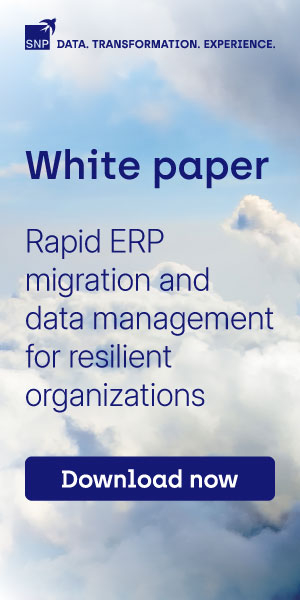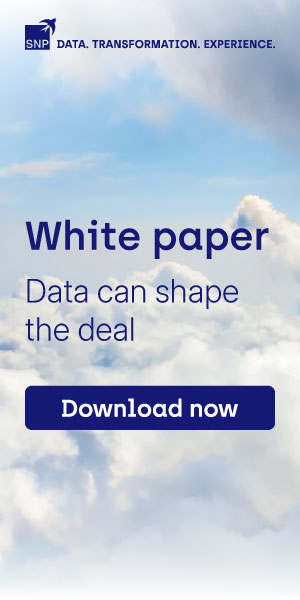SNP presents summarized findings from customer surveys to support clients in making critical decisions during SAP S/4HANA migration.
Motivation, timing and approach for an SAP S/4HANA migration: The latest studies at a glance
The migration to SAP S/4HANA is one of the highest-priority issues today for CIOs and their teams. Assuming there is no way around the migration, their goal is to find the best way forward. A recent study by SNP presents summarized findings from research and customer surveys (by PAC, Lünendonk, SAPinsider, valantic, the German-speaking SAP User Group (DSAG), the Americas’ SAP Users’ Group (ASUG) and Research Services by Foundry (formerly IDG Research)), to offer support to customers making those critical migration decisions.
It attempts to answer questions like: when is the ideal time, why should a company move to S/4HANA, and what is the best way to get there? To help, we’ve condensed this down into a quick read.
Jump-start innovation by moving to SAP S/4HANA
The move to SAP S/4HANA is a catalyst for driving innovation and creating new business models. But it isn’t just about covering all the bases after support ends for the previous version of the SAP ERP suite. According to a recent valantic study, three-quarters of companies (76 percent) recognize the vital importance of renewing their existing SAP landscapes and IT infrastructure. Also, almost half (46 percent) of those surveyed in a PAC study are prioritizing the modernization of their outdated application landscape to drive cost flexibility, agility and digitalization. Decision-makers see SAP S/4HANA as an enabler for innovation, automation and new technologies such as AI, robotics, big data and the Internet of Things.
More companies are moving to the cloud
The S/4HANA implementation is increasingly becoming a priority issue for SAP customers. According to PAC, more than one in three have already migrated their important systems to SAP S/4HANA. A further 12 percent are currently implementing SAP S/4HANA, while 39 percent are still in the planning phase. In contrast, the share of customers who want to keep the previous version for now is only four percent and falling steadily.
The signs are clearly pointing to change, with many companies deciding to move straight to the cloud at the same time as SAP S/4HANA. According to valantic, just under half of companies are operating S/4HANA themselves (on-premise), while interest in SAP Private Cloud is currently at 24 percent and rising.
Service providers offset insufficient resources and expertise
To make the move a success, it’s crucial to choose the right methodology and transformation software. The chosen IT solution must be capable of migrating existing SAP systems flexibly, quickly and securely. This approach also helps to avoid complications such as long downtimes of IT systems, which quickly lead to high costs. Yet, companies often lack the internal resources and expertise they need to pick the right migration strategy and transformation software. Experienced service providers like SNP have carried out hundreds of transformation projects and can help to overcome this obstacle.
Selective data migration: What goes and what stays?
The best way to handle the migration depends on your company’s individual requirements. The current market trend favors the hybrid approach to data migration, also known as a selective data transition. Considering the advantages this approach offers, this trend is not surprising. You can decide in advance which data and structures to transfer and which to leave behind. This is how the selective approach offers the opportunity to optimize and modernize processes and structures. Around a third of the companies surveyed by PAC opt for a hybrid strategy. For companies with revenues of €1bn or more, the share is as high as 45 percent (research services by Foundry 2022).
In general, the studies analyzed by SNP show that companies increasingly view the journey to SAP S/4HANA as an opportunity to modernize their outdated systems. Hybrid approaches such as selective data migration are much more flexible than a pure brownfield or greenfield approach and are gaining momentum. They are the gateway to advanced technologies like AI and the cloud – the top priorities for companies tackling the SAP S/4HANA migration.
For an overview of how SAP users are tackling the migration, a recent whitepaper, How to make your move to SAP S/4HANA a success, can help further here. The paper also includes a closer look at the latest studies relating to SAP S/4HANA.










